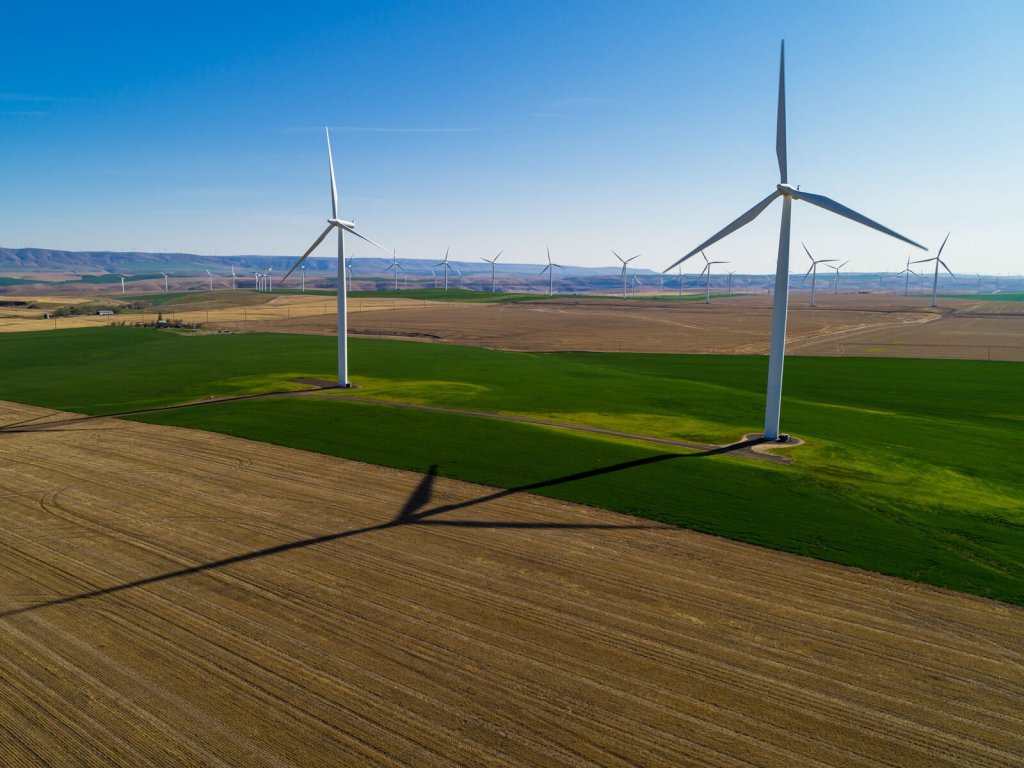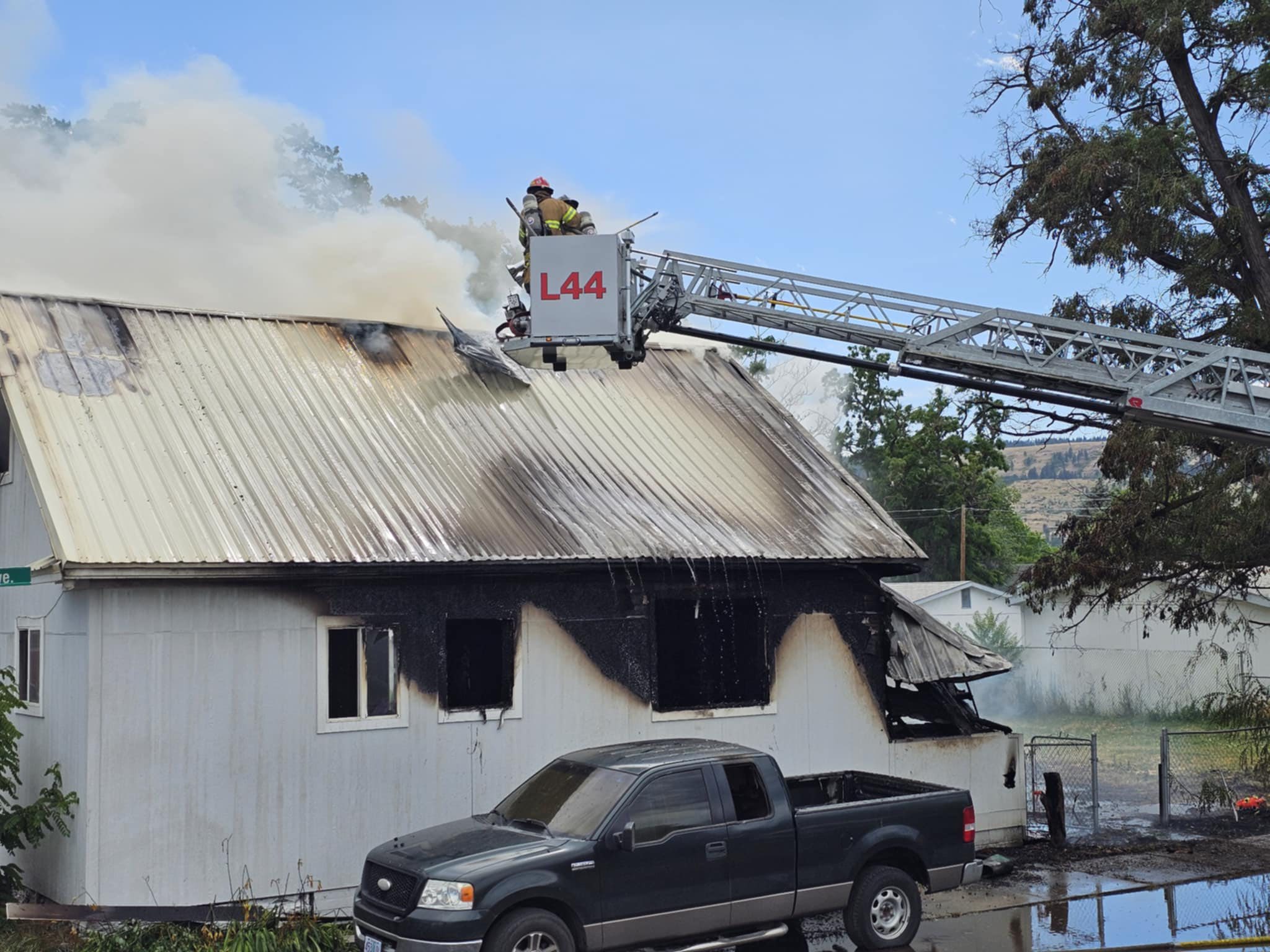Washington bill calls for review of whether turbines obstruct firefighting
Published 9:00 am Friday, January 19, 2024

- A bill in the Washington Legislature addresses whether wind turbines would interfere with firefighting aircraft.
OLYMPIA, Wash. — A House committee Monday took up a bill requiring officials to review whether wind turbines would obstruct aerial firefighting, an issue not covered by the state’s report on the proposed Horse Heavens project.
The Energy Facility Site Evaluation Council heard only recently that firefighting aircraft would not be able to fly over the turbines that Scout Clean Energy proposes to install on Horse Heaven Hills near the Tri-Cities.
Rep. Stephanie Barnard, R-Pasco, has introduced a bill calling on the council to consider requiring developers to move or shorten proposed turbines if they would obstruct firefighting aircraft.
The hills are close to homes and fire prone, Barnard told the House Environment and Energy Committee, which also heard testimony that aircraft dropping water and fire retardant saved a winery there last summer.
“The turbines are there because it’s windy. You combine wind and fire and it’s truly a scary situation for our community,” Barnard said.
Scout, based Boulder, Colorado, and owned by Brookfield Renewable, proposes to install up to 231 windmills, stretching over 25 miles in Benton County. Each turbine, depending on the model, could rise 500 to more than 600 feet into the sky.
The project would also include more than 5,000 acres of solar panels and would be the largest renewable energy project in Washington. Scout says the project would help Washington meet its clean-energy goals.
The council has spent months scrutinizing the project’s impacts, including on views, wildlife and tribal cultural resources.
The final environmental impact statement said the risk of wildfires was high and that turbines would be shut down in case of a fire. The report did not discuss aerial firefighting.
A council member raised the issue at a meeting in November after the report was out. The Department of Natural Resources in December told the council that most firefighting aircraft fly under 500 feet.
“The density and spacing of the towers would essentially create a no-fly zone over the entire project area,” DNR stated in a letter. The lease boundary area is 113 square miles, according to the final EIS.
Official: Bill not needed
Gov. Jay Inslee will decide whether the wind and solar installation is built. The council may make a recommendation at its next meeting, set for Jan. 24, though the council has not thoroughly discussed DNR’s letter.
Barnard’s bill, and an identical one introduced by Sen. Matt Boehnke R-Kennewick, would apply to turbines that have yet to be built.
Commerce Department energy policy manager Glenn Blackmon testified against the bill.
“We believe important health and safety considerations are being addressed in our siting and permitting laws and this bill might end up hindering the timely and comprehensive decisions on siting renewable energy facilities,” he said.









